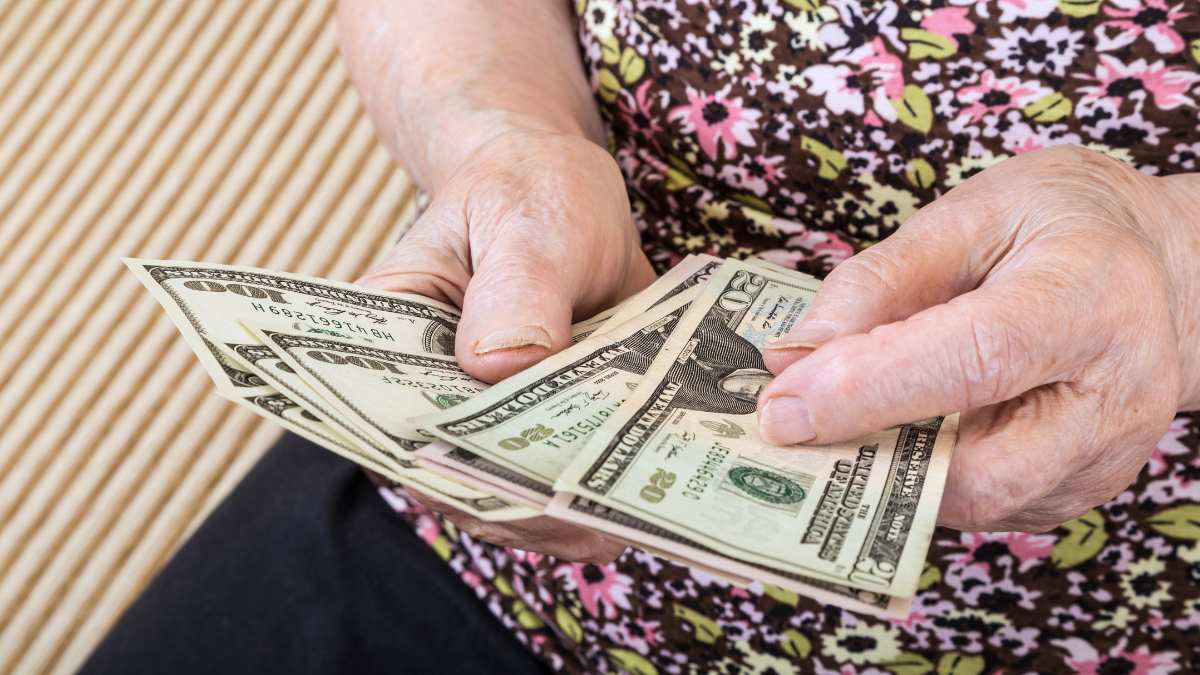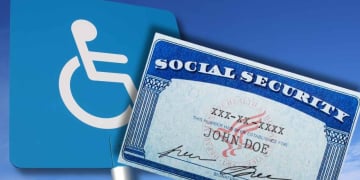During the first week of May, 7.4 million Supplemental Security Income (SSI) beneficiaries in the United States will receive their monthly payment. May 1, 2025, corresponding to the regular cycle, will mark the beginning of a month with an unusual event: a second deposit scheduled for May 30, due to an adjustment in the calendar for weekends.
According to the Social Security Administration (SSA), the maximum amount for eligible couples will be $1,450, after a 2.5% increase announced for 2025, while single recipients can claim up to $967. This adjustment responds to the annual cost of living update, a mechanism designed to maintain the purchasing power of beneficiaries against inflation.
Double SSI payments in May 2025
Not all beneficiaries will receive the maximum amount. The SSA makes payment reductions based on certain factors, such as income from formal jobs, available non-cash resources, and housing status. For example, for every $2 earned in formal jobs, pay is reduced by $1. Additionally, those who live with other people without contributing financially could see a decrease of up to $342.33 in their benefits.
May 30, 2025 will not be an ordinary day. As June 1 falls on a Sunday, the SSA will advance the June payment to the last business Friday in May. This mechanism, detailed in the agency’s operations manual, avoids delays when the original date coincides with non-working days.
Will SSI suspend payments in June 2025?
In other words, in the month of May, all beneficiaries of the SSI program will receive double payments, due to the advance of the payment corresponding to June 1 due to this SSA policy of not sending deposits on weekends or holidays.
Those who depend exclusively on SSI will have to organize their budget to cover six weeks with the two May deposits, since the next deposit will only arrive on July 1. Experts recommend:
- Divide May 30 funds for June expenses.
- Avoid overdrafts, as there will be no additional income in June.
- Monitor bank accounts, due to the fact that some beneficiaries could receive payments a day earlier depending on their financial institution.
This setting only applies to SSI. Social Security retirement or disability (SSDI) beneficiaries will maintain their normal schedule, with payments on June 3, 12 and 18 (depending on date of birth). The confusion arises because SSI always pays on the first of the month, while SSDI follows a different schedule.
Recipients should not worry, an SSA official warned, because this is a date change, not a cut in the number of payments: everyone should receive a total of 12 payments per year, one for each month of the year.




